It’s 2011—not a simpler time, but one whose cultural turbulence, now settled in hindsight, is bound to appear more manageable than our own. The declared threats to the art world aren’t the Sacklers or the censorship of Palestinian artists but blockbuster shows and blue-chip hacks. The threats to cinema aren’t IP or AI but digital means of production and consumption, which have thrown cinephiles into despair and debate. Has the medium obsolesced alongside so much twentieth-century machinery, or has it merely been displaced onto DVDs, MP4s, and one very fast-growing streaming platform? Viewing practices have migrated from movie theaters onto smaller screens—and also, not uncontroversially, into museums and gallery spaces—leading film scholars to reconsider the questions motivating their discipline: not just “What is cinema?” but now, too, “Where is cinema?”
The white boxes of the modern art museum weren’t made for movies. Historically, this division was largely governed by logistics: one requires light for wandering spectators, the other darkness for static ones. But it has also been reinforced by theoretical and social codes. Moving images offer quick absorption into their scenarios, not the meditative transcendence of painting and sculpture; museums, meanwhile, are meant to insulate art from commercial culture like Hollywood productions. These lines were always overdrawn, overlooking the function of the museum as an art-market lubricant and neglecting decades of avant-garde filmmaking, but by the turn of the millennium they had practically been erased. Around 2011 there was even a rumor circulating that museums could save cinema, preserving the celluloid-based art form for specialist study and repurposing it as video, installation, and other media art.
It was in this leveling environment—in which art and commerce, the movies and the museum, nostalgia and speculation all reached unprecedented levels of compromising proximity—that the collage and sound artist Christian Marclay released The Clock. It was a sensation, a staggeringly successful product of art world–film world synergy (to use language specific to the period). “The Clock is neither bad nor good, but sublime, maybe the greatest film you have ever seen,” Zadie Smith wrote in these pages, voicing the critical consensus.
First screened at London’s White Cube gallery in 2010, then at the Paula Cooper Gallery and MoMA in 2011, The Clock attracted more than 40,000 visitors to MoMA over the course of a month. (It returned to the museum for six months starting last November.) A twenty-four-hour-long digital film installation that pieces together thousands of clock shots from cinema and television history (clock towers, grandfather clocks, alarms, and watches), as well as “spoken clocks” (“At 6:01 I march through my door,” Mr. Banks sings in Mary Poppins), The Clock perfectly matches the time on screen to the time in theater. As reviewers were quick to point out, The Clock is therefore also a clock, a functional timepiece, reminding viewers just how long they’ve been seated on their white Ikea sofas—per Marclay’s specification—as the time passes from 2:43 PM (Tippi Hedren walks down a train platform in Marnie) to 2:44 PM (Julie Christie and Dirk Bogarde watch a train passing in Darling), a station clock or wristwatch visible in each shot.
Unlike an art-house or experimental film that compels the viewer to sit with time, subordinating fast action to long takes, The Clock moves through film history with the manic thrust of a music video. Unlike music videos, it forsakes shock cuts for continuity: each clip passes seamlessly into the next via eyeline matches, movement and position matches, reverse angle cuts, and, crucially, sound bridges. This is the grammar and syntax of classical Hollywood editing—continuity or invisible editing, as it is sometimes called. Bogarde from 1965 looks down at his watch, and The Clock cuts to a close-up of a Victorian timepiece, hands at 2 and 44, a shot taken from The Wings of the Dove (1997). Blink and a black-and-white film satirizing the sexual mores of its present becomes a color film that casts a sensuous gloss over those of the past. The resulting mash-up—whiplashing through cinematic space while compelling viewers to attend to time—also mashes up the relatively stable genres of moving picture art.
Yes, The Clock is a clock, but what else is it? This, too, became a subject of critical debate, which felt pressing precisely because Marclay’s work pressed upon anxieties already plaguing the medium and its study. Is The Clock “the greatest movie trailer ever made” or “the ultimate work of appropriation art” (both hypotheses tested by the New York Times art critic Roberta Smith)? Is it a supercut, like those uploaded to the relatively new YouTube, or a “holdout against the eclipse of the medium” (per the art historian Rosalind Krauss)? “An essay on cinephilia” or a Structural film experiment (the film scholars Catherine Russell and David Bordwell, respectively)? “A weird kind of realism” (the art critic and editor David Velasco) or “a parlor game of spot-the-time and name-that-film”? (That last proposition was from the art critic Jerry Saltz, defending The Clock to the film critic David Edelstein in a New York magazine conversation titled “Great or Gimmick?”)
Other than “tour de force,” no other epithet trailed The Clock more closely than “the gimmick.” “What stands out is the gimmickry,” Richard Brody wrote in The New Yorker. The work’s “very elegance, apparent throughout the chunk I saw, masks intellectual facility with technical means.” With some fiddling, the sentence could describe continuity editing itself: a highly formalized technique for masking film’s piecework, whisking the spectator, with minimal thought, through narrative space, time, and untold points of view. Marclay himself sees continuity editing as a kind of gimmick, one that The Clock was meant to expose: “It deconstructs cinema,” he told Sight and Sound’s Jonathan Romney in 2011. “You see all the tricks, and you understand the vocabulary.”
By this logic The Clock is a meta-gimmick‚ one that both participates in and reveals the contrivances of invisible editing, illuminating and deceiving the viewer at once. “You become aware of how film is constructed—of these devices and tropes they constantly use,” Marclay said to The New Yorker’s Daniel Zalewski in 2012. “Like, if someone turns abruptly, you expect someone else to be in the next cut. An actor looks down at his watch and, suddenly, you have a closeup of the watch. But, if the first clip is in black-and-white and the next is in color, you know you’ve been fooled.”
Marclay undersells his project here, as though The Clock were principally didactic, laying bare the apparatus of continuity editing—a mode of narrative construction that, consciously or not, filmmakers have been revealing to us since D.W. Griffith began formalizing its laws. But multiple modes of timekeeping parade through The Clock, not just the ellipsis of the edit point. There’s the linear march of minutes, the pace of a given clip’s narrative action, the historical record of each film’s production, the memory of having-seen-that-film-before, the longue durée of the twenty-four-hour loop. The concept of cinematic time has long fascinated philosophers, most famously Henri Bergson and Gilles Deleuze, precisely because it implicates and elaborates the experience of “modern times.” Synchronizing these various temporalities in a single artwork, The Clock promised to make film philosophers of us all.
Marclay spoke to Zalewski after The Clock had already been released and while he was at work on his next project, Doors, which premiered in Paris in 2022, arrived at Boston’s Institute of Contemporary Art in April, and opened this month at the Brooklyn Museum. If his modest remarks about The Clock seem unfair to the work itself—draining it of its genre-confounding metaphysics—they much more aptly describe Doors, which applies Marclay’s deconstructing-reconstructing technique to the front doors, office doors, elevator doors, and cell doors of film history.
*
Peter Sellers as Inspector Clouseau ambles through a fluorescent hallway; he opens a door and—reverse angle shot—Hugh O’Brian as Wyatt Earp in black-and-white parades in; O’Brian saunters across the room and bends down to peek through a keyhole, where—eyeline match—a shot in color reveals an illuminated church framed by a new keyhole, through which—reverse angle shot—Mia Farrow as Rosemary Woodhouse spies. And so Doors proceeds on an hourlong loop: Woody Allen storms in through a door, and—reverse angle shot—Lino Ventura storms out through another; Katharine Hepburn races out, and—match on action—Audrey Hepburn races in; Claude Rains strides in, and—another match—Jeremy Irons strides out. Behind each door is a new film, a new cinematic world in a new genre with new trappings, albeit each presented in the same aspect ratio, minimizing the friction of the cuts. The result is a universe of film that is also a single labyrinthine interior, patched together with invisible edits. A decade after The Clock, however, these sleights of hand aren’t only Old Hollywood’s old tricks. They’re now Marclay’s, too.
This isn’t to say that they don’t delight, nor that the door, here a symbol for cinematic space, is any less worthy of scrutiny than the clock and its symbolic time. But there is something anticlimactic—or better, redundant—about Doors, which could be titled Study for ‘The Clock’ if it weren’t made to follow it. Some of the same door tricks were even featured in Marclay’s 2011 work: a knock at the door at 3:44 PM is succeeded by a shot of Orson Welles opening a different door, from a different movie. (The film scholar Homay King christened this clever cut “a kind of cinematic knock-knock joke.”)1
In Doors, Marclay plays both on this redundancy and on our expectation of a Clock-like procession through time, using the same clips of the same actors passing through the same doors at multiple points throughout the installation. There’s Brigitte Bardot flitting into a room again, James Garner gliding into a vestibule again, Sidney Poitier storming into a hallway again. Looping within the hourlong loop of Doors, these repeated clips feel like false exits out of Marclay’s cinematic maze. They also redirect the project’s frenzied movement through space (we’re here, now there) onto an uncanny preoccupation with time (haven’t we been here before? Is it over now?).
According to Marclay, these “loops with variations” were initially a matter of expedience. You might think he would have a wealth of material to draw on—what could be more ubiquitous than doors?—but in order to preserve the illusion of continuity, of one door leading precisely into the next, actors across film clips had to move with similar momentum; doors had to swing in the same direction; shots had to be taken from comparable angles. “There’s so many different things that will make an edit point not work,” Marclay told Zalewski.
This restrictive criterion may explain why the films selected for Doors feel wildly arbitrary, representative of nothing more than their ability to graphically match one actor’s foot in a door with another. Why, you might wonder, is this snippet of Barbra Streisand sashaying through a door taken not from Funny Girl but from Funny Lady, its minor sequel? The answer is the edit point, the match with its adjacent scenes. And so one begins to feel that Doors is less about the door—its construction of modern space, its production of suspense or release from it—than it is about the hinge, a metonym for the film cut itself.
The timepieces pieced together in The Clock also resulted from arbitrary selection constraints. They, too, tended to tilt toward Hollywood and were determined by the individual screening habits of six research assistants, who logged their minutes in a shared spreadsheet. In press Marclay was ostentatiously indifferent to the clips’ selection, claiming a basic ignorance of film history, despite his mastery of cinematic codes. But even if they represented little more than the whims of six professional watchers, the clocks of The Clock still included crowd-pleasing greatest hits: High Noon (1952) at high noon; the clock tower from which Harold Lloyd dangles in Safety Last! (1923); Orson Welles delivering one of cinema’s most world-historically damning lines in The Third Man (1949): “In Switzerland, they had brotherly love, they had five hundred years of democracy and peace, and what did that produce? The cuckoo clock.”
Cinema has its famous doors, too. Jack Nicholson hacks one up in The Shining (1980); another separates Oz’s Technicolor from Kansas’s dust-blown sepia tone; four of them rush open, in theatrical sequence, when a frigid psychoanalyst (Ingrid Bergman) and her patient (Gregory Peck) finally kiss in Spellbound (1945). But these doors aren’t in Doors, because their cinematic function exceeds the cut. More than just one half of an edit point, they’re shots unhinged. Here a paradox of The Clock is even more finely drawn: Marclay is dexterous with the protocols for producing visual pleasure, but his pleasure seems to lie less with the visuals than with the protocols themselves.
*
“Watching ‘The Clock,’ I found myself wondering if Mr. Marclay has a computer for a brain,” Roberta Smith wrote in the Times, recognizing the labor of spreadsheets and databases and digital composition that lies just beneath the work’s smooth surface. “Really an essay is not the right form in which to speak of it,” Zadie Smith wrote, equally taken by Marclay’s massive work of data processing. “A visual representation of some kind would be better; a cloud consensus, or a spectacular graph.” It’s fitting, then, that the only way to experience The Clock today, unless you can see its reprise at MoMA or LACMA—two of the handful of museums said to have paid nearly $500,000 to acquire it—is to scroll through its crowdsourced wiki on fandom.com. There users have accounted for every minute’s every shot, reverse engineering Marclay’s artistic process as a matter of workflow and data management.
A tour de force, a gimmick, The Clock was also called “a pure product of the DVD era,” “a history of film for our ADD times,” and “the defining monument of the remix age.” These are not our times. However precisely Marclay’s installation is synced to the minute of its screening, The Clock is no longer a measure of our moment. Its timeliness in 2011 wasn’t felt only because it tracked the new technological possibilities for film archiving and streaming, nor because it met the high-water mark of cinema in the museum, when artists working with film like Harun Farocki, Tacita Dean, and Matthew Barney were likewise given prime gallery space. The Clock also felt preternaturally on time, a work for its age if not for the ages, because it appeared at a moment when the collection and digital manipulation of data inspired awe not yet trailed by dread. As Zadie Smith described the most immediate reaction to the work in her review, “Most wonderful is listening to people on their way out. ‘How did he do it, though? You can’t Google for clocks. How did he do it then?’”
Like The Clock, Doors is a feat of data mining: the medium it stretches to its artistic limit is not just cinema but cinematic information. It’s hard now not to fear it—not to see latent in Marclay’s vision of film history a large multimodal model of actors and gestures, locations and sets, the aggregated syntaxes and semantics of cinema’s genres. If The Clock inspired thousands of spectators to ask, “How did he do it?,” Doors might now compel the same to wonder, “Could AI do it?”
Fewer than fifteen years after The Clock, though, are we really in a new age, time, or era of artistic production? Writing about Marclay’s 2011 work, the late film scholar Thomas Elsaesser found that the temporality it most suggestively addressed wasn’t linear clock time but the furious churn of planned obsolescence—incessant technological innovation for the purpose of economic growth. Marclay and the museum curators who championed him, Elsaesser wrote, were caught in a “loop of belatedness.” They were turning to film history as a backdated source of artistic agency, implicitly acknowledging “that today there is no art outside capitalism and technology.”
Perhaps the “loop of belatedness,” an untimely strategy to resist the prestissimo pace of late capitalism, is still the only time zone an artist can safely occupy in 2025, as in 2011. But in the AI era, unlike the era of DVDs, it’s hard not to see Marclay’s data-mined appropriation art as a harbinger of still more agency lost. Can AI do it? Maybe not, or not yet, or there’s no profit motive there for the tech oligarchs to tap. Still, Doors doesn’t exactly feel caught in a “loop of belatedness” so much as a belated loop. This strategy again? Haven’t we been here before? Is it over now?







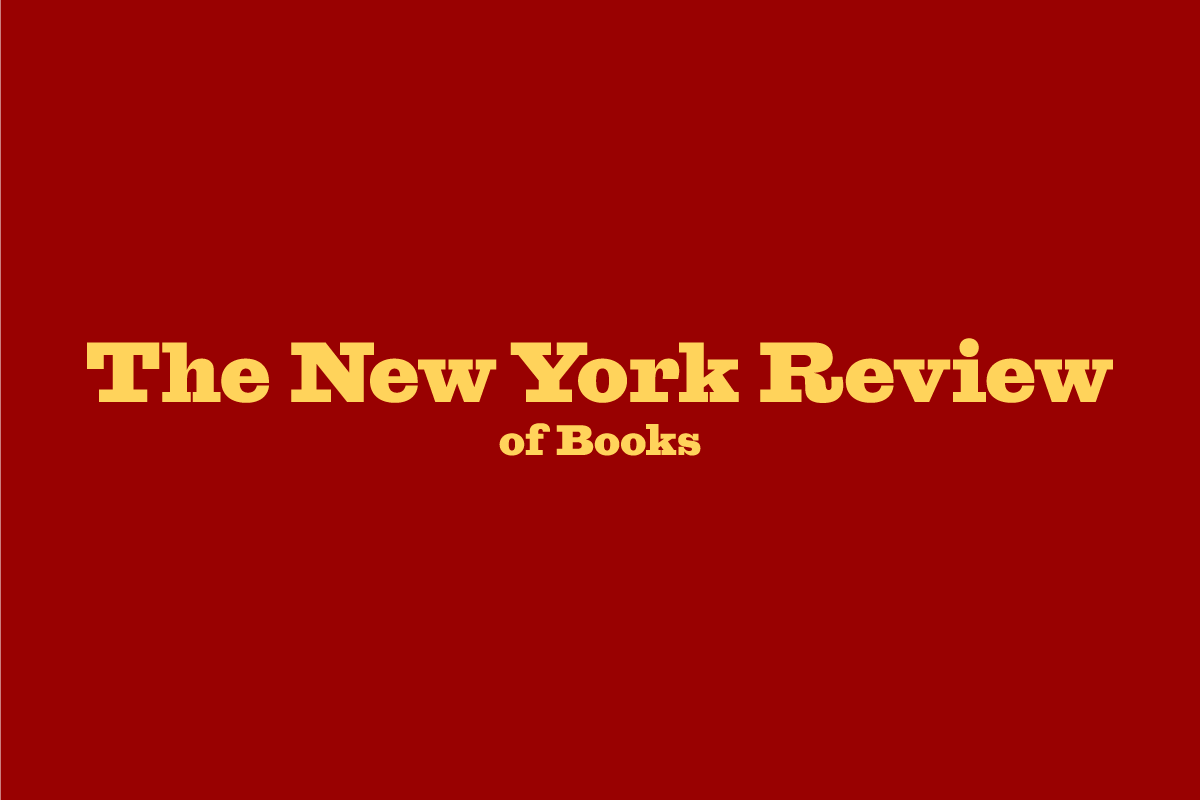




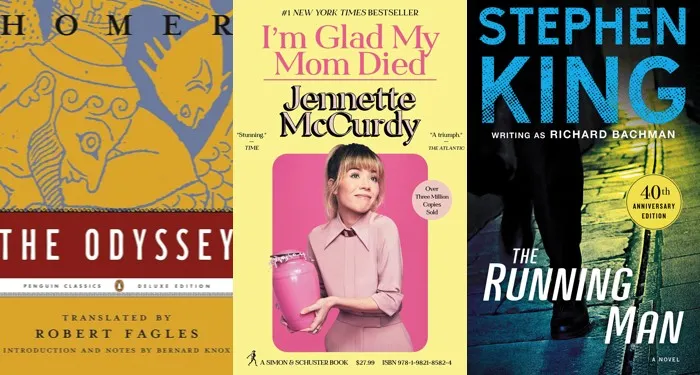
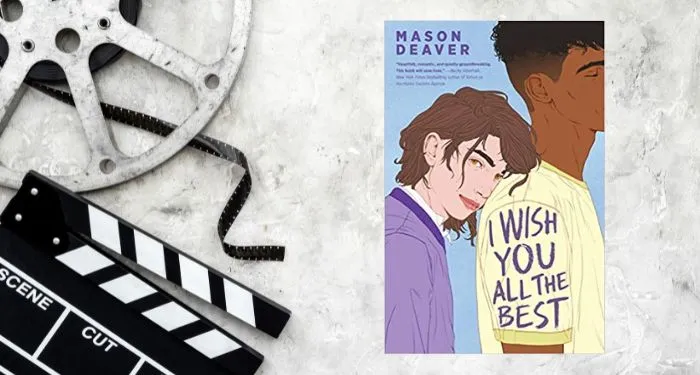



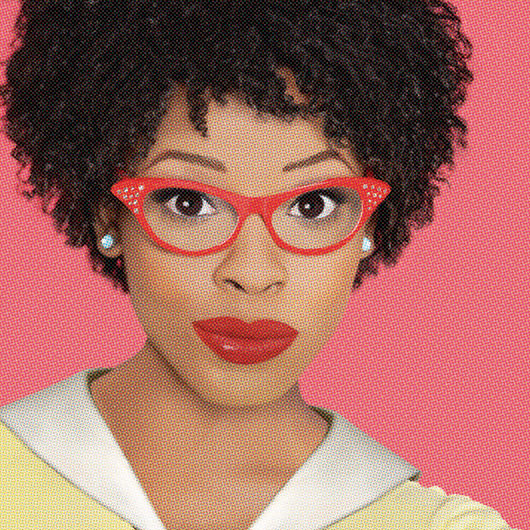





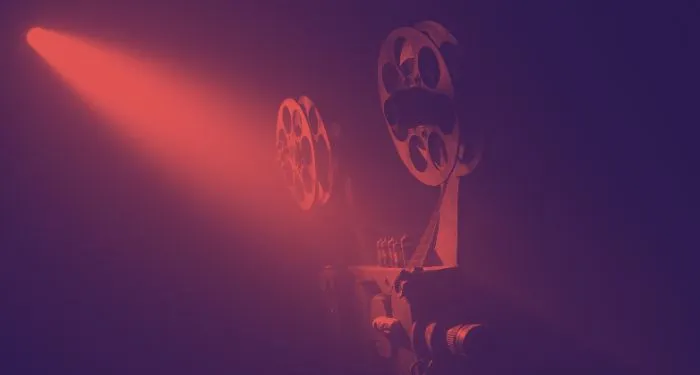
 English (US) ·
English (US) ·